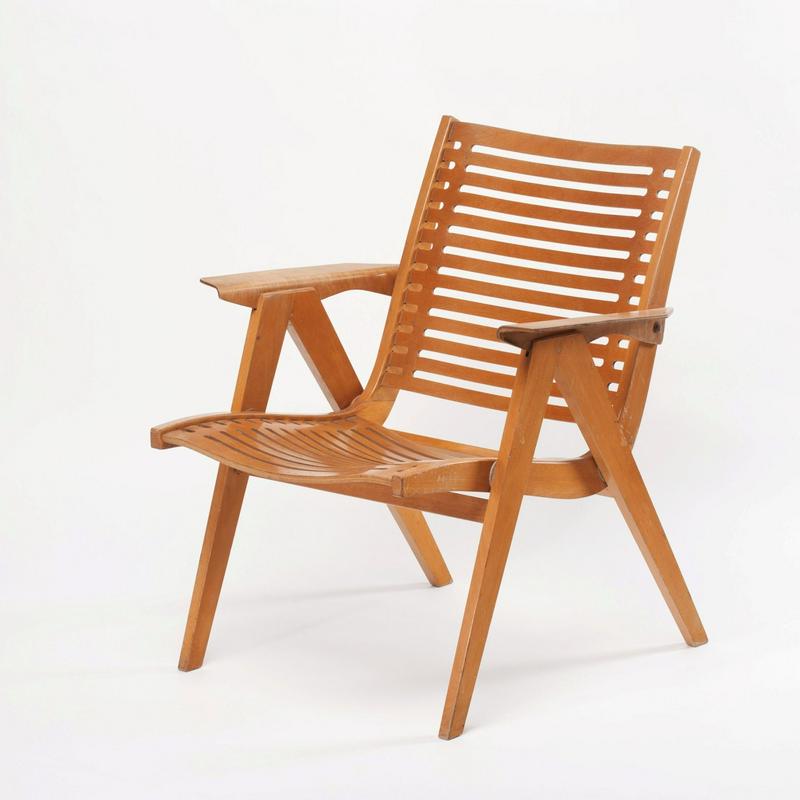
For a long time, the roles of an architect and furniture designers were considered fundamentally distinct. In the 20th century, however, a number of leading architects also began to design furniture for their clients. Their design skills found a new use in household objects that complemented the buildings that surrounded them. Several Slovenian architects are among those who became particularly well-known for designing memorable chairs.
The first 20th century architect to become well-known for his chairs was Frank Lloyd Wright. The American architect broke with the prevailing currents in U.S. architecture, which had borrowed heavily from Europe’s classical tradition. Instead, Wright created a new, distinctively American style whose simplicity and elegance were perfectly suited to the wide open spaces of the Midwest. Wright did not just design the buildings; he also conceived the furniture inside the homes. His elegant, modern-looking chairs in particular are still prized to this day.
Several Slovenian architects also followed Wright’s path and designed furniture as well as buildings. Jože Plečnik, Slovenia’s most famous architect, was no exception. In the interwar period, he became famous for his distinctive architectural style based on a modern reinterpretation of classical elements, but Plečnik’s design vision also extended to furniture.
When writer Ferdo Kozak asked the master architect to design a complete set of furniture for his home, Plečnik seized on the opportunity. His graceful chairs – modern yet in touch with tradition – were particularly remarkable, and in the years ahead, he went on to design a number of other variations, many of which are now on display at the Plečnik Musuem in Ljubljana. Like Wright, Plečnik realized that good design is essential not just for a building’s exterior but also for the furnishings seen only by the people inside.
After World War II, architect Niko Kralj designed the Rex Chair in 1952 when he worked as a designer for Slovenia’s Stol furniture factory. Kralj, the son of a woodworker, had often observed his father manipulate wood. Those experiences proved useful when Kralj applied the technique of molded plywood to his creation. The Rex Chair, with its low price, sleek lines, and a practical foldaway design, was a tremendous commercial success. It was exhibited at some of the world’s most prestigious museums, including the Museum of Modern Art (MoMA) in New York. The Rex Chair remained a cult favorite long after its initial production run ended, and in 2010, a small Slovenian company known as Impakta Les restarted the production of the iconic chair under the Rex Kralj brand. The response was enthusiastic and and Kralj’s creation is now seen on showroom floors throughout Europe and the U.S.
In recent decades, another Slovenian architect has become well-known for his chair designs. Janez Suhadolc is an architect by profession, but since 1987, he has been designing and making chairs by hand in a workshop he set up in the basement of his home. Some elements of his whimsical, curvy chairs draw upon Slovenian design traditions, but their overall appearance is unique. Suhadolc’s chairs have been so popular that they have inspired other Slovenian designers to begin designing chairs.
His own creations, meanwhile, have found their way to homes throughout Slovenia and beyond. Suhadolc even got a chance to create two throne-like custom chairs for Pope John Paul II.
The chairs created by Slovenia’s leading architects led to a greater awareness of design in Slovenia and paved the way for future successes in our increasingly design-conscious world.



























































